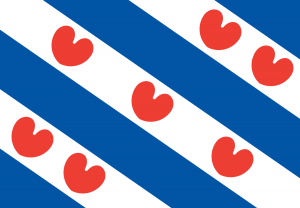Language/Western-frisian/Grammar/Conditional-Mood
Hi Western Frisian learners! 😊
In today's lesson, we will be exploring the conditional mood in Western Frisian. This is an important part of the language and understanding it will help you to communicate more effectively.
Consider exploring these related pages after completing this lesson: Gender, Adjectives, Irregular Verbs & Basic Sentence Structure.
Overview[edit | edit source]
The conditional mood is used to express a hypothetical situation or a wish. It is also used to express politeness. In this lesson, we will look at how to form the conditional mood in Western Frisian and when to use it.
Forming the Conditional Mood[edit | edit source]
The conditional mood is formed by adding the suffix "-e" to the verb stem. For example, the verb "to go" is "gean" in the present tense. In the conditional mood, it becomes "geane".
The verb "to be" is "wêze" in the present tense. In the conditional mood, it becomes "wêze".
When to Use the Conditional Mood[edit | edit source]
The conditional mood is used to express a hypothetical situation or a wish. For example:
- As jo hjoed nei de winkel gongen, soe ik jo helpe. (If you went to the store today, I would help you.)
- As ik ryk wie, soe ik de wrâld reizgje. (If I were rich, I would travel the world.)
The conditional mood is also used to express politeness. For example:
- Soene jo my helpe? (Would you help me?)
- Soe ik jo helpe? (Should I help you?)
If you have any questions, please ask them in the comments section below.
Feel free to edit this wiki page if you think it can be improved. 😎

